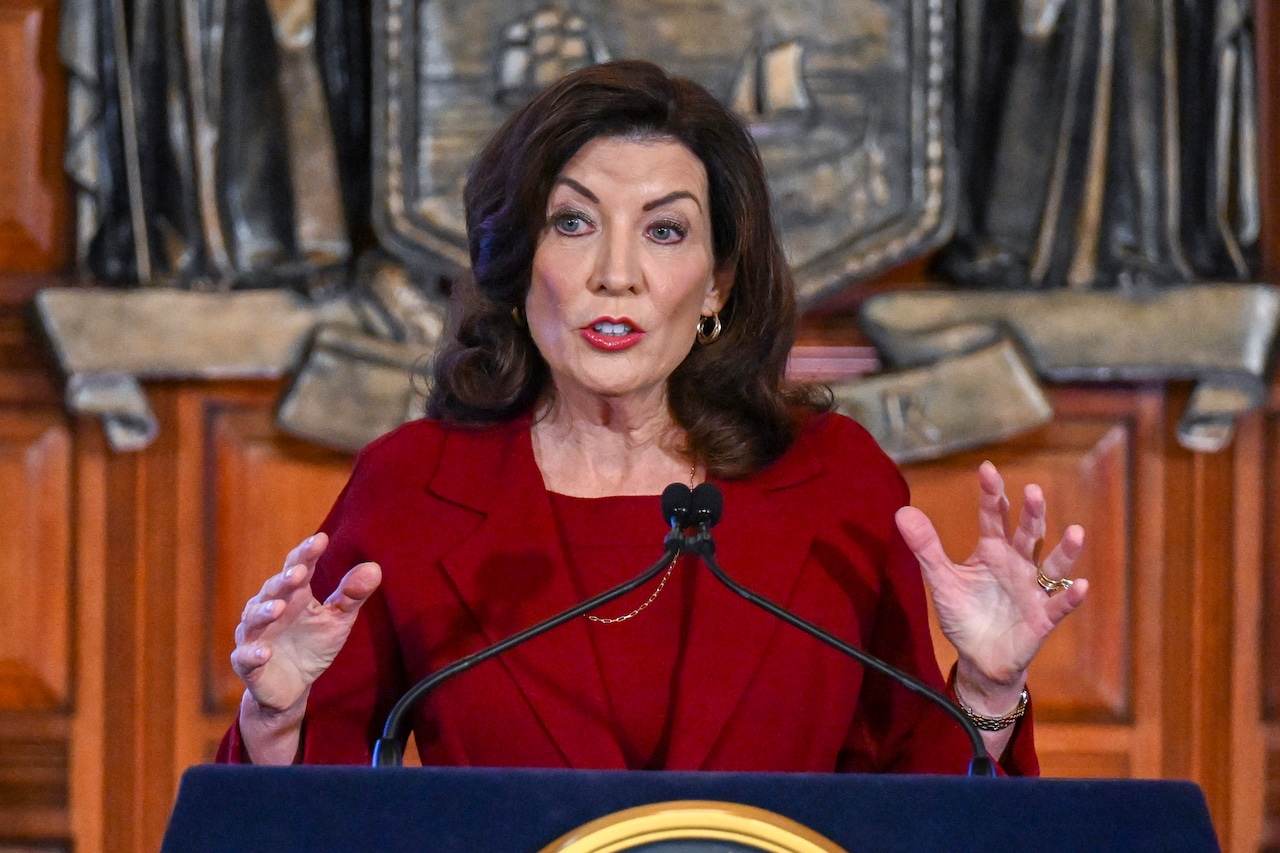Copyright Los Angeles Times

Employment at U.S. companies increased in October, signaling some stabilization in the job market after two straight months of declines. Private-sector payrolls increased by 42,000 after a revised 29,000 decline a month earlier, according to ADP Research data released Wednesday. The median estimate in a Bloomberg survey of economists called for a 30,000 gain. The ADP report is one of the few monthly snapshots of the labor market as the longest government shutdown in US history delays the releases of official economic data. While helping to temper concerns of a faster deterioration in job market, the modest payrolls increase last month is consistent with a general softening in labor demand. “Hiring was modest relative to what we reported earlier this year,” Nela Richardson, chief economist at ADP, said in a statement. Richardson is a contributor to Bloomberg Television. “Meanwhile, pay growth has been largely flat for more than a year, indicating that shifts in supply and demand are balanced.” However, recent high-profile layoff announcements from large companies such as Amazon.com Inc., Starbucks Corp. and Target Corp. have contributed to anxiety about the job market. While jobless claims are still generally subdued, the low-firing labor environment risks devolving into more dismissals that drive up unemployment in coming months. After the Federal Reserve lowered interest rates last week for a second straight meeting, Chair Jerome Powell said that he sees “very gradual cooling” in the labor market “but nothing more than that.” He made it clear that another reduction at the Fed’s next meeting in December wasn’t certain. Even so, that’s still the base case for several economists, and firms like BMO Capital Markets, Capital Economics and Pantheon Macroeconomics said the weak trend in hiring makes another rate cut more likely. “You can blame the trade war, or a host of other factors — AI, earlier restrictive monetary policy, and the government shutdown — but it’s pretty clear that the labor market remains soft,” Sal Guatieri, senior economist at BMO, said in a note after the ADP data. “This could be the key that unlocks another Fed rate cut in December.” Trade, transportation and utilities, as well as education and health services, led the October job gains. Business services, information and leisure and hospitality shed payrolls. Large companies accounted for the increase in payrolls, while employment at small businesses declined for the fifth time in the last six months. The ADP report, published in collaboration with the Stanford Digital Economy Lab, showed wage growth stagnated. Workers who changed jobs saw a 6.7% increase in pay, while those who stayed put saw a 4.5% gain. ADP bases its findings on payrolls covering more than 26 million US private-sector employees. In addition to the monthly reports, ADP said last week it will now also release payroll data on a weekly basis. The firm had provided a version of weekly payrolls to the Fed but recently stopped the data-sharing arrangement without explaining why.



